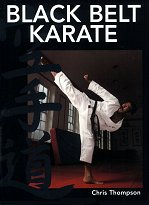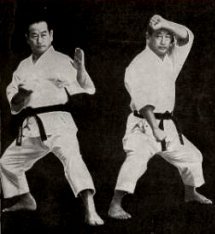First and foremost, a master of Karate must become a master of the obvious. While mid-level belts are distracted by the novelty of obscure or secret kata applications, the expert must constantly return to his or her fundamentals.
Wilt Chamberlain is an intriguing example of this approach. Decades after his retirement from the NBA, he still dominates the record books. Wilt took the most shots, and scored the most points of any player in the league. (He was also very successful on the basketball court.)

Yes, Wilt Chamberlain was clearly a gifted athlete; but there is another important contributing factor to his success. Did you know he used a free throw kata?
It’s true. Not only that, but he remained loyal to this practice, despite clear evidence that his kata did not work.
There is a lesson here for every teacher and student of Karate. It’s a lesson about deep fundamentals.



 Steps
Steps